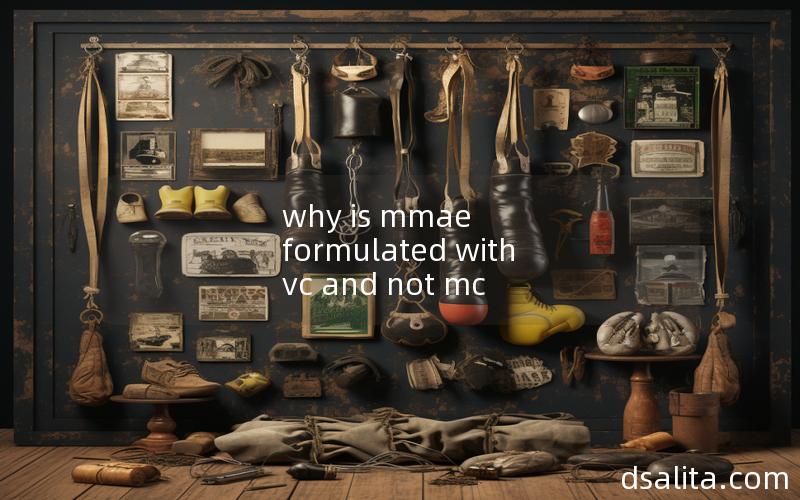MMAE (monomethyl auristatin E) is a potent cytotoxic agent used in the development of antibody-drug conjugates (ADCs) for targeted cancer therapy. The choice of the linker used to attach MMAE to the antibody is crucial for the stability and efficacy of the ADC. One common linker used is VC (valine-citrulline), while another option is MC (maleimide-cysteine). This article aims to discuss why MMAE is formulated with VC rather than MC, considering various aspects.
1. Stability
VC has been found to provide better stability to the ADC compared to MC. The VC linker forms a stable bond with the antibody, preventing premature release of MMAE during circulation. On the other hand, MC has shown a higher tendency for hydrolysis, leading to the dissociation of MMAE from the antibody before reaching the target site.
2. Selectivity
VC offers higher selectivity in releasing MMAE at the tumor site. The VC linker is designed to be cleaved by specific enzymes present in the tumor microenvironment, such as cathepsin B. This enzymatic cleavage ensures that MMAE is released only at the intended target, minimizing off-target toxicity. MC, on the other hand, lacks this level of selectivity and may result in non-specific release of MMAE.
3. Pharmacokinetics
The choice of linker can significantly impact the pharmacokinetics of the ADC. VC has been shown to provide a longer circulation half-life for the ADC, allowing for increased accumulation at the tumor site. This prolonged circulation time is attributed to the stability of the VC linker, which prevents premature degradation and clearance of the ADC. MC, being less stable, may result in faster clearance and reduced tumor accumulation.

4. Efficacy
Studies have demonstrated that ADCs formulated with VC exhibit higher efficacy compared to those with MC. The stability and selectivity provided by VC contribute to a higher payload delivery to the tumor cells, leading to increased cytotoxicity. In contrast, the instability and non-selectivity of MC may compromise the efficacy of the ADC by reducing the amount of MMAE reaching the target cells.
5. Manufacturing considerations
The choice of linker also affects the manufacturing process of the ADC. VC is known to be more chemically stable and easier to handle during conjugation reactions. Its stability allows for efficient and reproducible manufacturing processes, ensuring consistent product quality. MC, being less stable, may introduce challenges in the manufacturing process, potentially leading to batch-to-batch variability.
6. Clinical experience
VC has been extensively studied and utilized in clinical trials, demonstrating its safety and efficacy. The accumulated clinical experience with VC-linked ADCs provides confidence in its use for MMAE formulations. On the other hand, MC-linked ADCs are still relatively less explored in clinical settings, and their safety and efficacy profiles may not be as well-established.
Conclusion
In conclusion, MMAE is formulated with VC rather than MC for several reasons. VC offers better stability, selectivity, pharmacokinetics, and efficacy for ADCs. It also provides manufacturing advantages and has a more established clinical experience. These factors collectively make VC the preferred choice for MMAE formulations in the development of targeted cancer therapies.

 Dsalita Boxing
Dsalita Boxing






